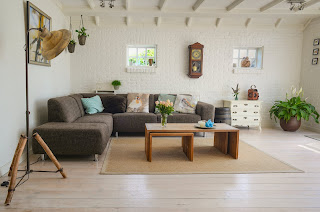Beginners Overview of House Composting
Composting your cooking area and garden waste is an excellent way to decrease the amount of waste you get rid of in your rubbish bin. By composting your waste you can create a totally free source of rich garden compost to help improve your garden, as well as help to lower international warming at the same time.
How does home composting aid to minimize worldwide warming?
When sent out to landfill natural waste is compressed under tonnes and tonnes of other waste types. The natural waste for that reason does not have sufficient access to air, which restricts the waste from having the ability to break down properly. Instead of breaking down, methane gas is produced which contributes to international warming.
The Compost Bin
The initial step to start composting in the house is to get a compost bin. You can either acquire a compost bin or you can make your very own. Garden compost bins can be bought from most of garden centres. The federal government moneyed Recycle Now Home Composting Campaign likewise sells reduced compost bins.
The next crucial step is to choose where to position the compost bin, which can affect the general quality of the compost that is produced. For best results position the bin in a well drained pipes area which has good access to sunlight. The drainage will allow excess water to drain pipes out of the garden compost and putting the bin in a warm area assists to speed up the composting procedure.
What waste products can I put in my garden compost bin?
There are lots of daily waste products from your garden and cooking area that can go into your compost bin. Greens are the type of products that offer wetness and nitrogen and are fast to rot. Items classed as Greens consists of:
Yard cuttings
Veggie peelings
Leaves
Fruit
Tea bags
Weeds
Browns are waste products that take longer to rot however offer pockets of air, along with fiber and carbon. This consists of products such as:
Cardboard boxes
Newspapers (scrunched up).
Toilet roll tubes.
Egg shells (crushed).
Shredded paper.
Twigs and hedge clippings.
How do I make a good quality garden compost?
To make a great quality compost it is essential to utilize a great mix of both 'green' and 'brown' wastes. It is merely a case of monitoring the compost and adding more waste depending on the look of the garden compost. If it looks too dry include more? green? waste, and if it looks too wet add more? brown? waste. Every so often it is also a good idea to blend or turn the contents of your garden compost bin to include air.
For how long will it consider my garden compost to be ready to use?
This will differ depending upon the mixture of waste that is positioned into the garden compost bin, the surrounding conditions and the weather condition. In basic it must take in between 6 and 9 months for your ended up garden compost to be ready to use.
The federal government moneyed Recycle Now Home Composting Campaign likewise offers reduced compost bins.
The next crucial step is to decide where to place the garden compost bin, which can affect the overall quality of the garden compost that is produced. There are lots of daily waste products from your garden and cooking area that can go into your garden compost bin. To make a great quality compost it is essential to use a great mix of both 'green' and 'brown' wastes. It is simply a case of monitoring the compost and including more waste depending on the appearance of the compost.

Comments
Post a Comment